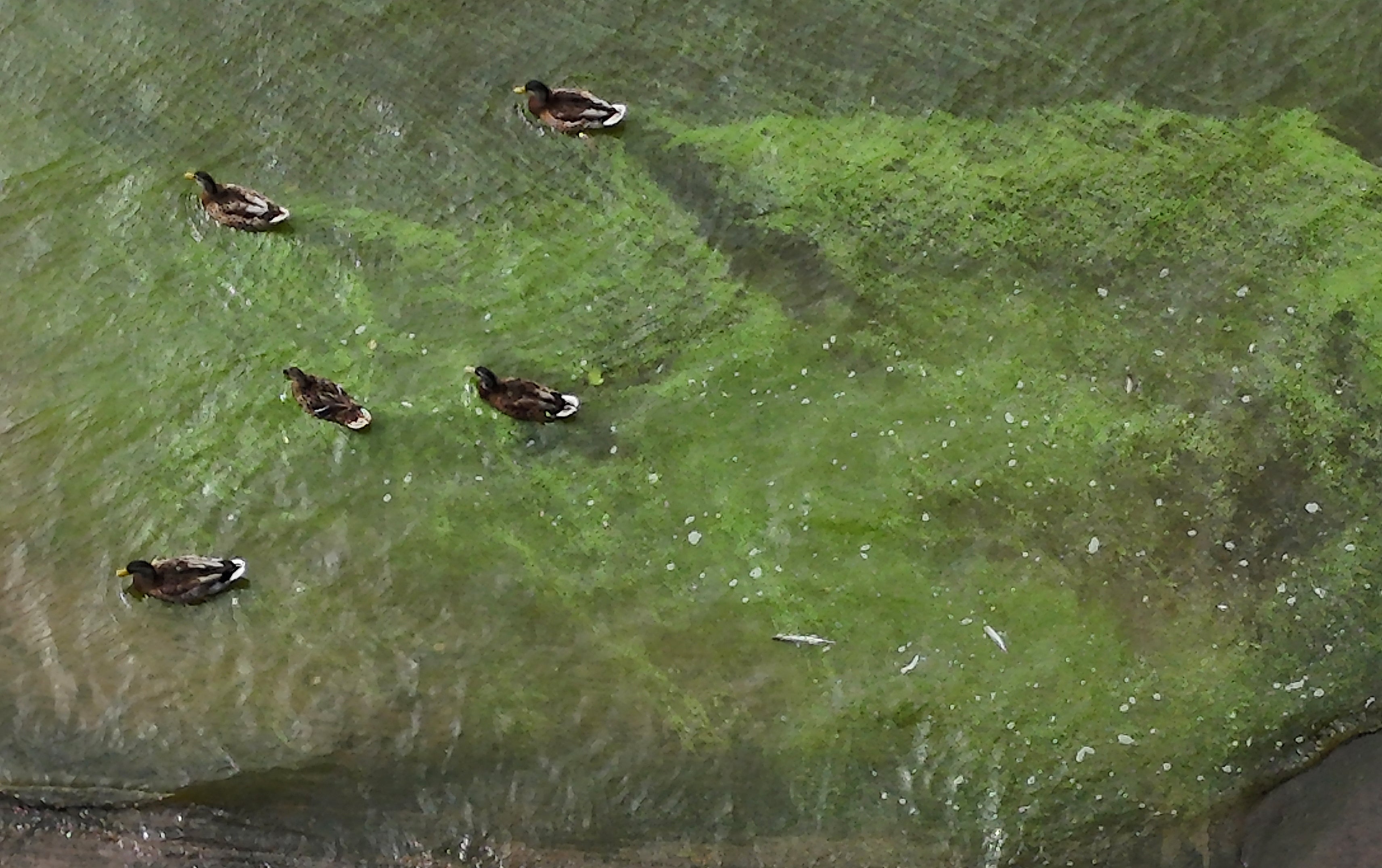
People have been advised against swimming at one of Northern Ireland’s most popular beaches after blue-green algae was detected.
The notification has been placed on Benone Beach in Co Londonderry by the Department of Agriculture, Environment and Rural Affairs (Daera) ahead of the bank holiday weekend.
The beach on the north coast, with its seven-mile stretch of sand and dunes, is popular with tourists.
The announcement comes amid growing concerns over the spread of the algae in waterways across Northern Ireland, and particularly at Lough Neagh.
A Daera statement said: “Blue-green algae was observed on part of Benone Beach on Thursday through the Daera monitoring programme for bathing waters.
“Analysis has confirmed high levels of blue-green algae and the department has issued the bathing water operator, Causeway Coast and Glens Borough council, an ‘Advice against Bathing’ notification.
“No other north coast beaches are affected at this time.”
The statement added: “The department will continue to monitor these beaches for blue-green algae and provide advice to bathing water operators when required.”

A spokesperson for Causeway Coast and Glens Borough Council said: “A temporary Advice Against Bathing Notice has been issued for Benone Strand from Friday 22nd August 2025.
“This is an escalation from the amber to red level in accordance with the Inter-Agency Blue Green Algae Protocol.
“Daera will continue to monitor Benone Strand and advise of any changes.”
The department recently said the algae had been detected more than 100 times across Northern Ireland since the start of the year.
Most attention has focused on Lough Neagh where noxious blooms of the algae covered large parts of the UK’s largest freshwater lake by surface area for the third consecutive summer.
Nitrogen and phosphorus from agricultural fertiliser running off fields and from wastewater treatment are said to be a contributory factor in the blue-green algae blooms.
The spread of the invasive zebra mussel species is also understood to have played a role in the blooms, as they have made the water clearer, allowing more sunlight to penetrate, stimulating more algal photosynthesis.
Climate change is another factor as water temperatures rise.
The Stormont Executive last year launched an action plan to deal with the environmental crisis at the lough.
Earlier this week, Environment minister Andrew Muir called for more support from his Stormont Executive colleagues to tackle the issues surrounding blue-green algae and the environmental crisis at Lough Neagh.
Pokemon-like sea creature with painful sting forces beaches in Spain to close
Summer holidays in Greece may never be the same again. Here’s why
Train outages and flight delays: Simon Calder’s big bank holiday travel guide
Thailand plans to give away thousands of free domestic flights to tourists
Ryanair calls for air traffic control reform after ‘shambolic’ Athens flights delays
Japan declares ‘serious incident’ after plane misses vehicle on runway







